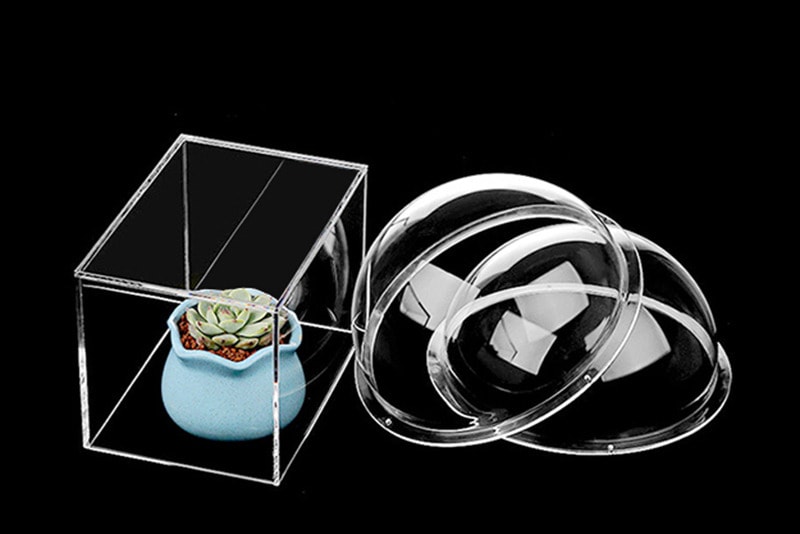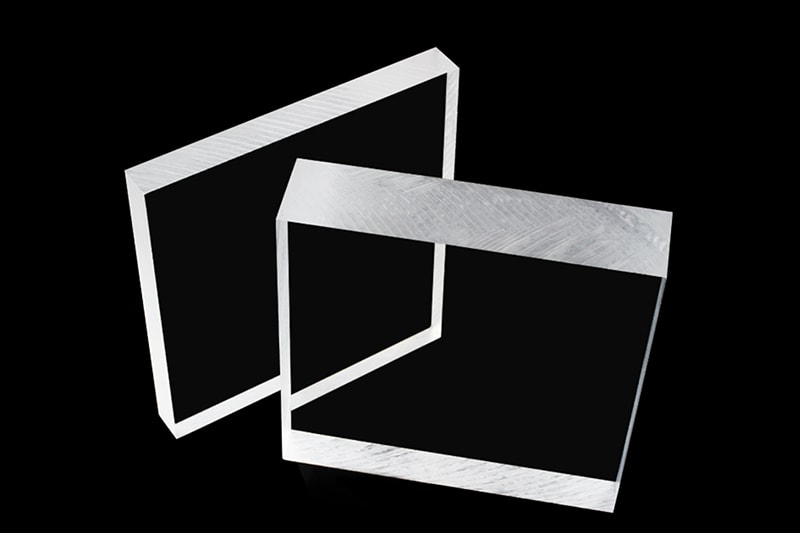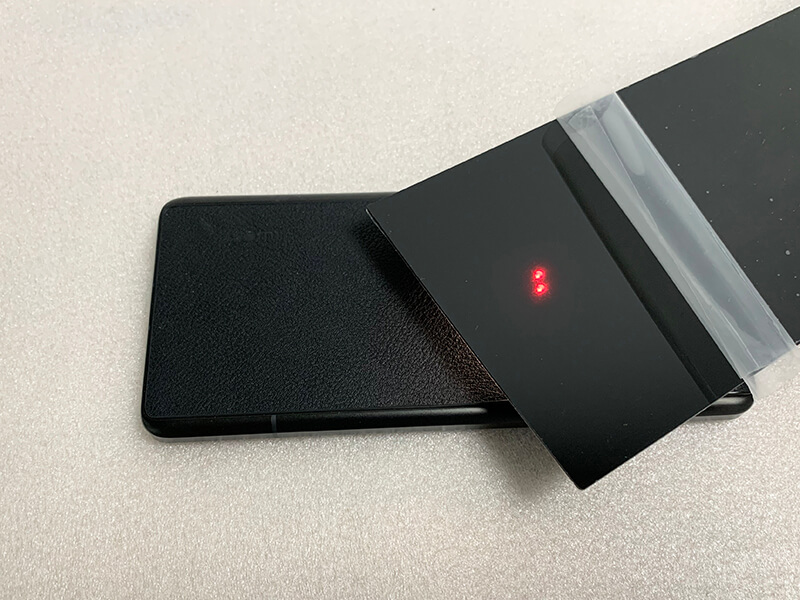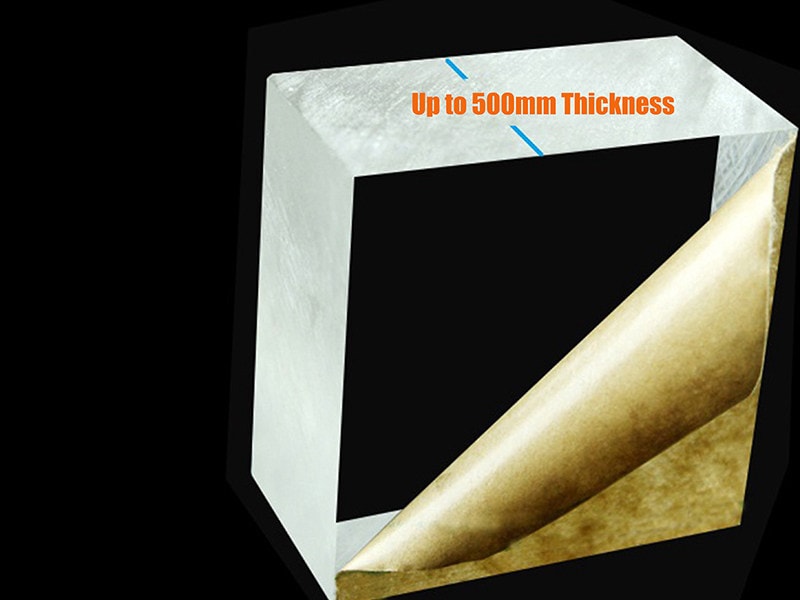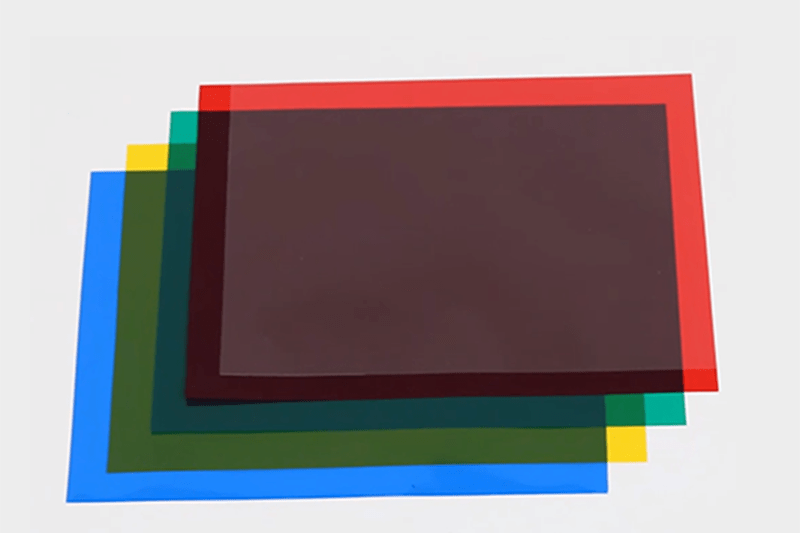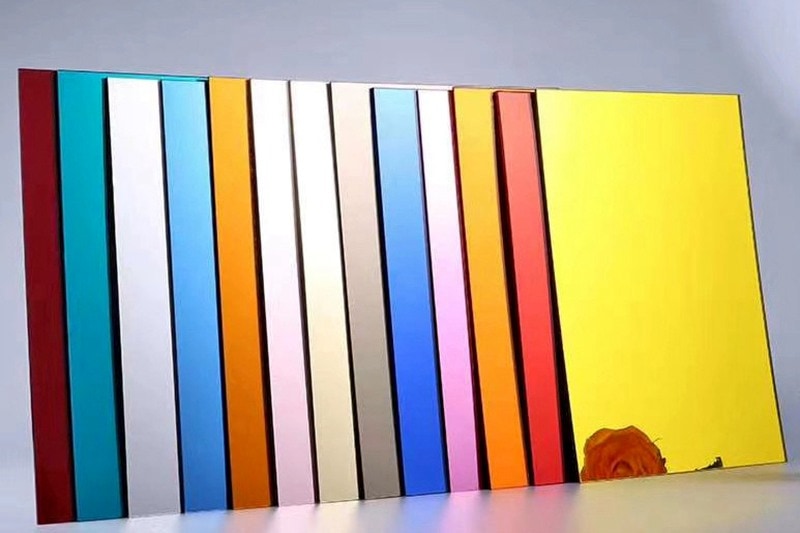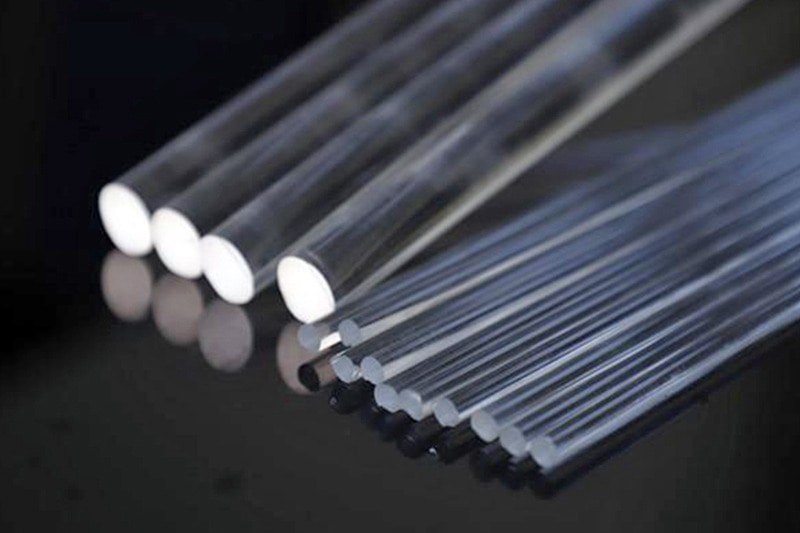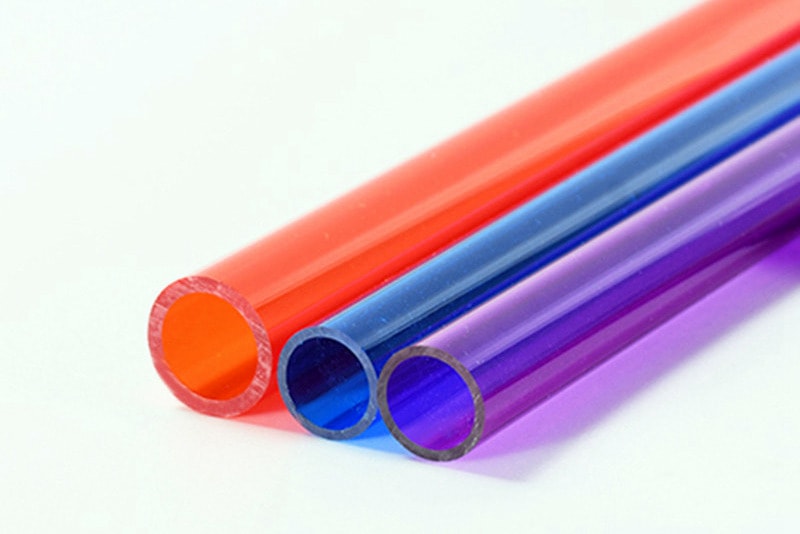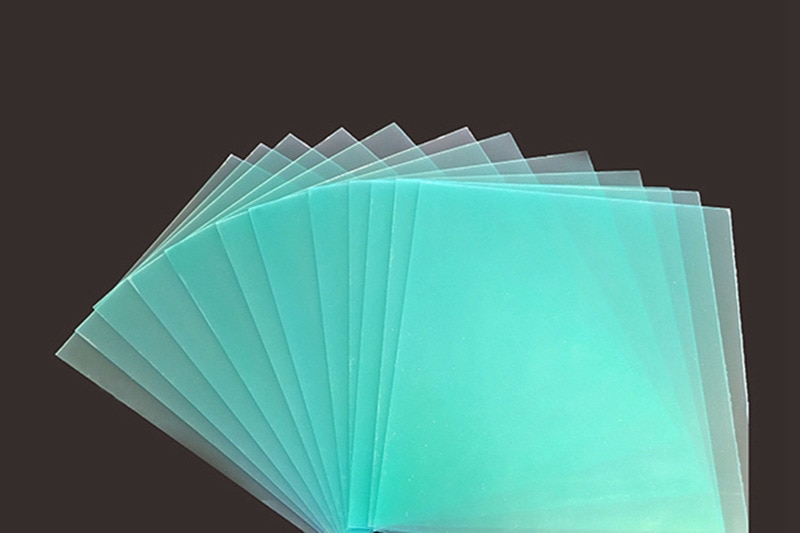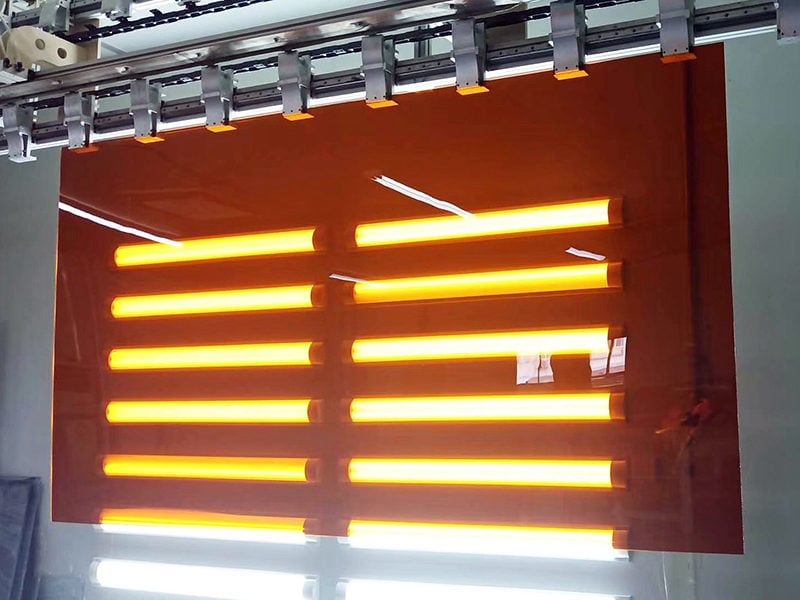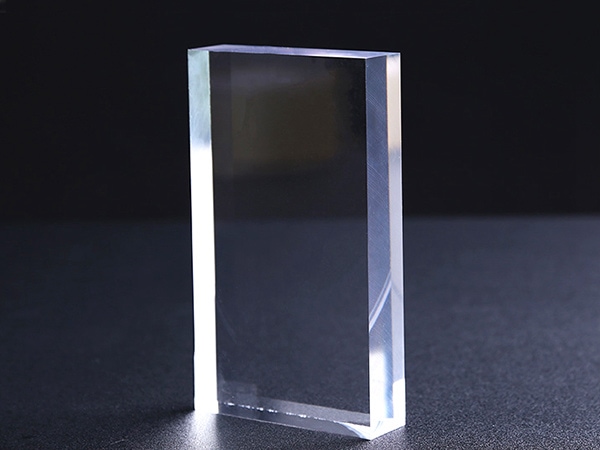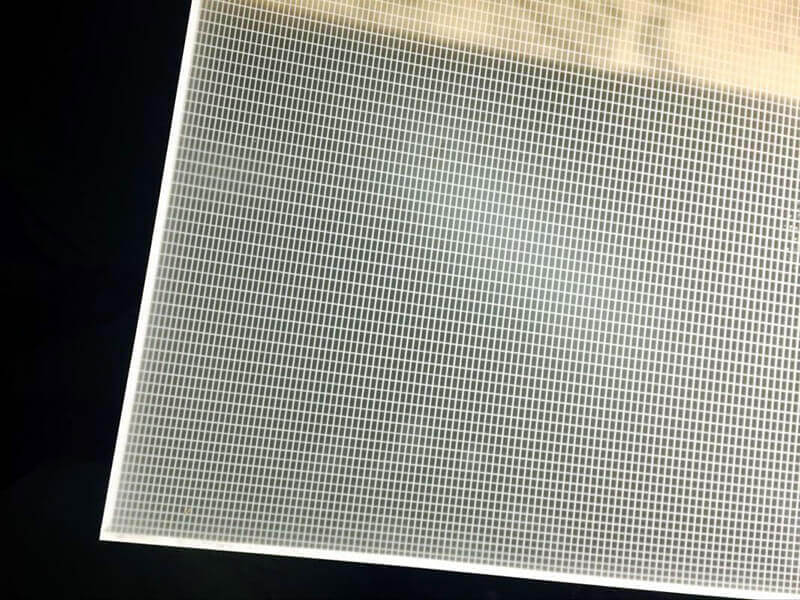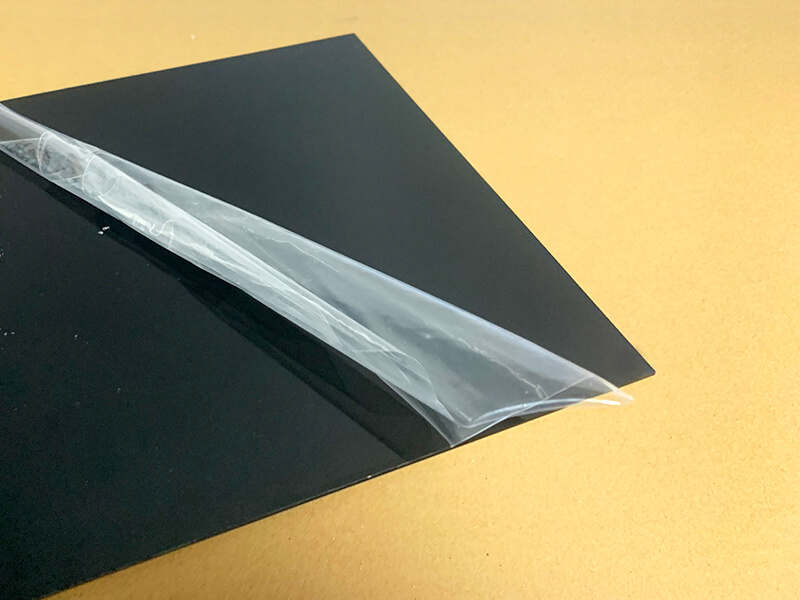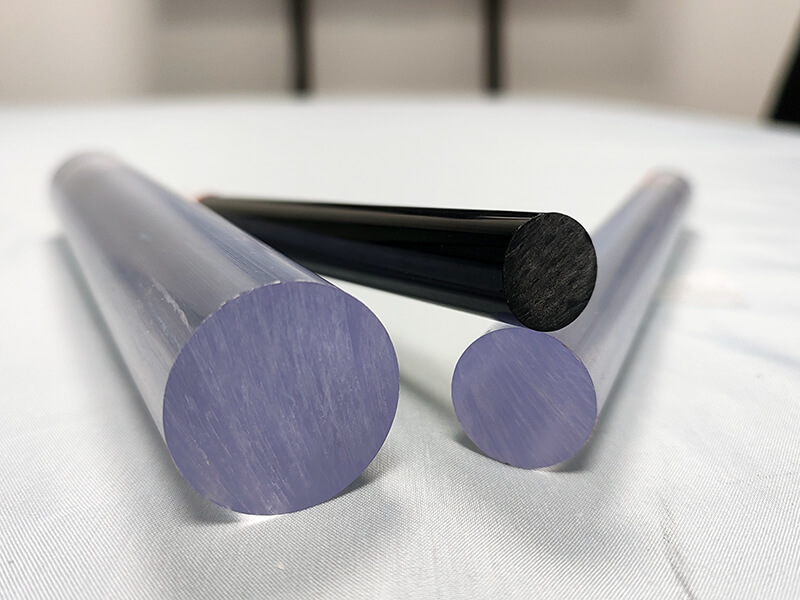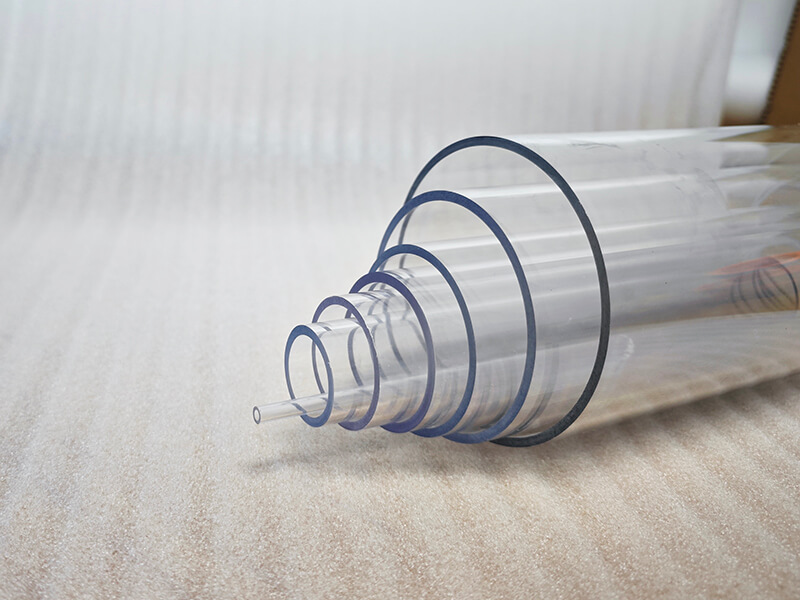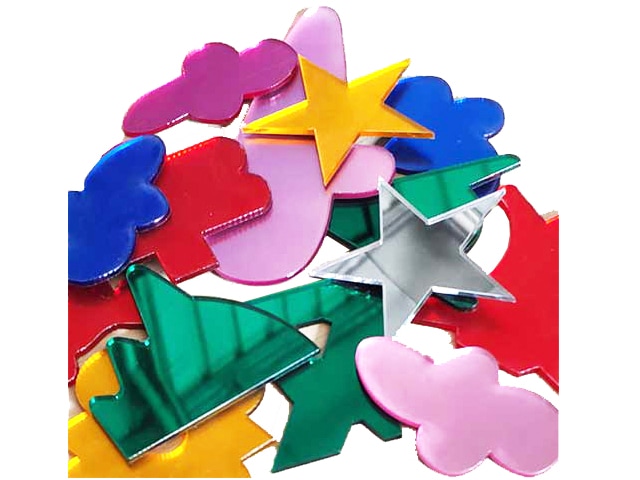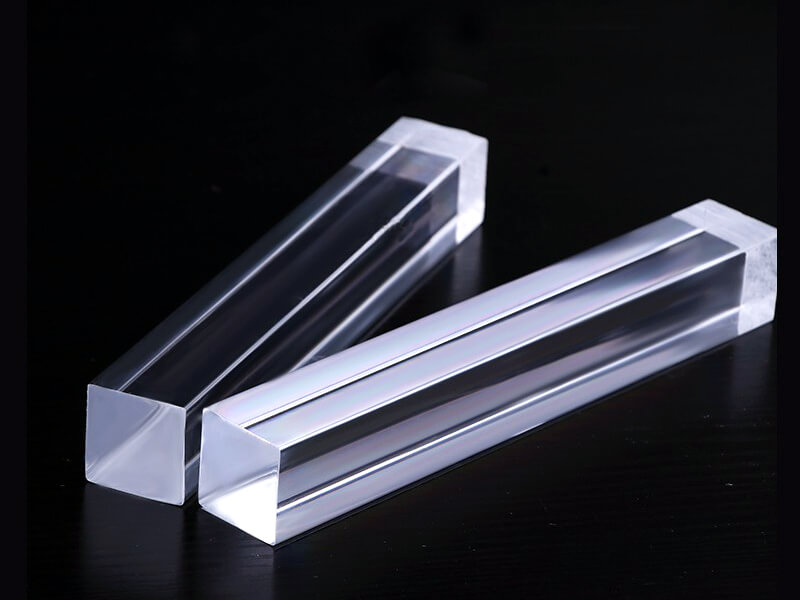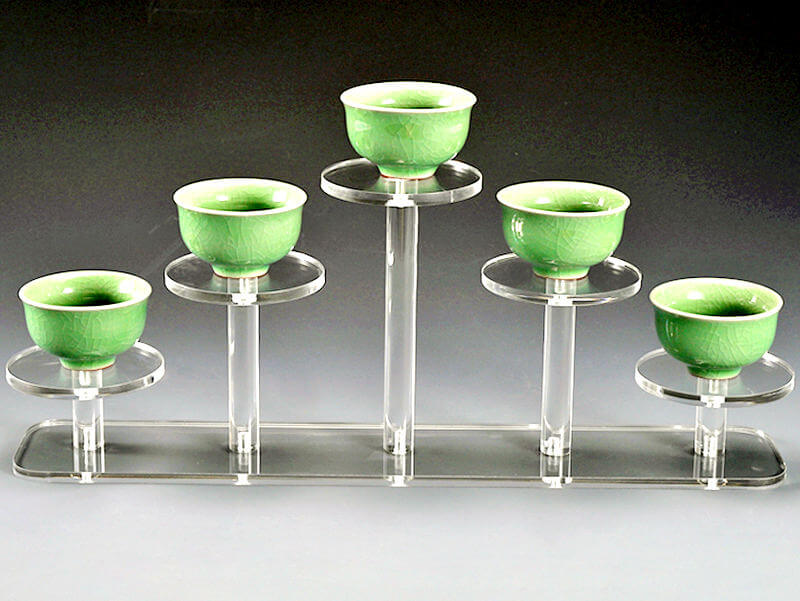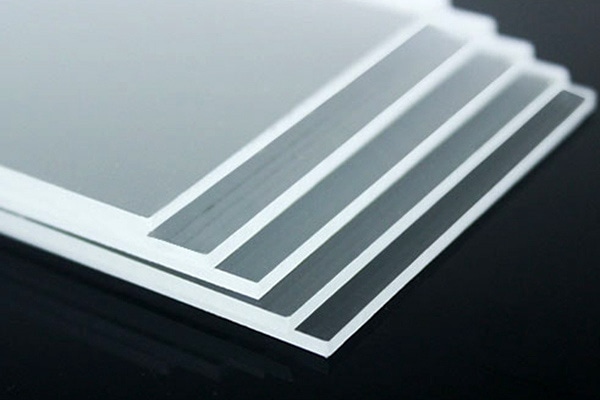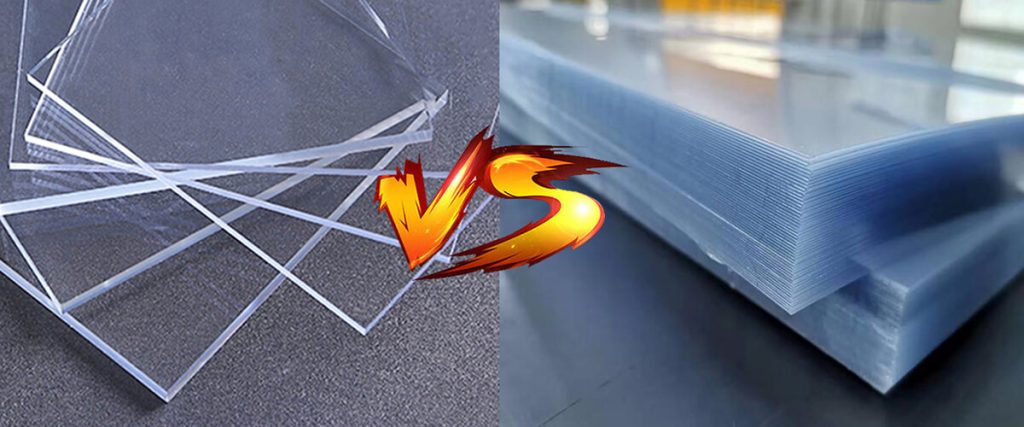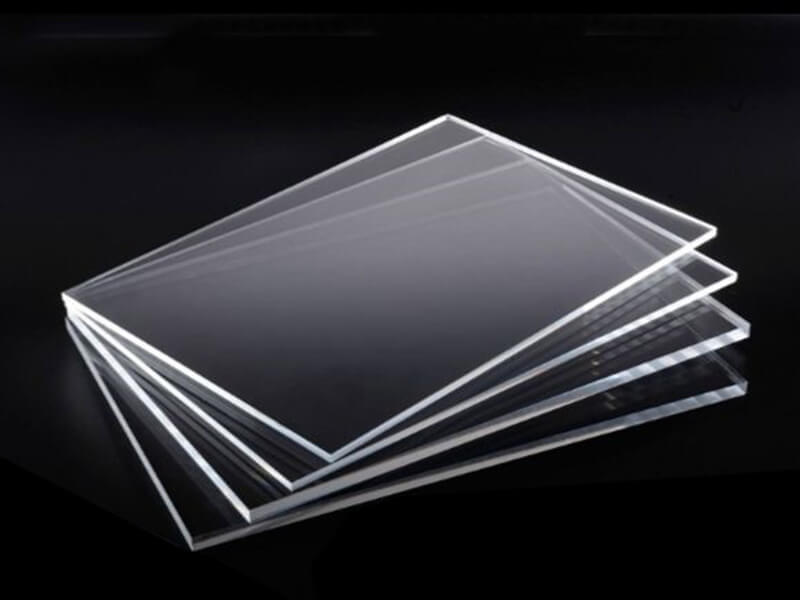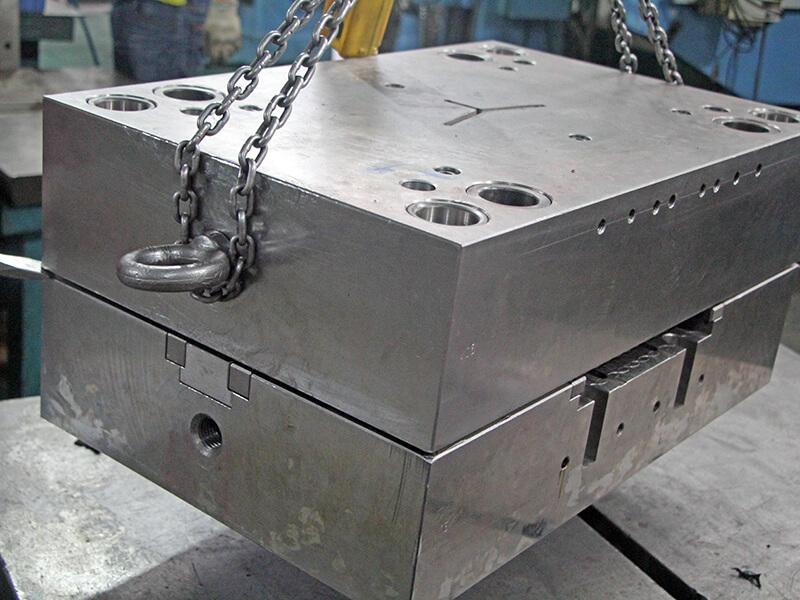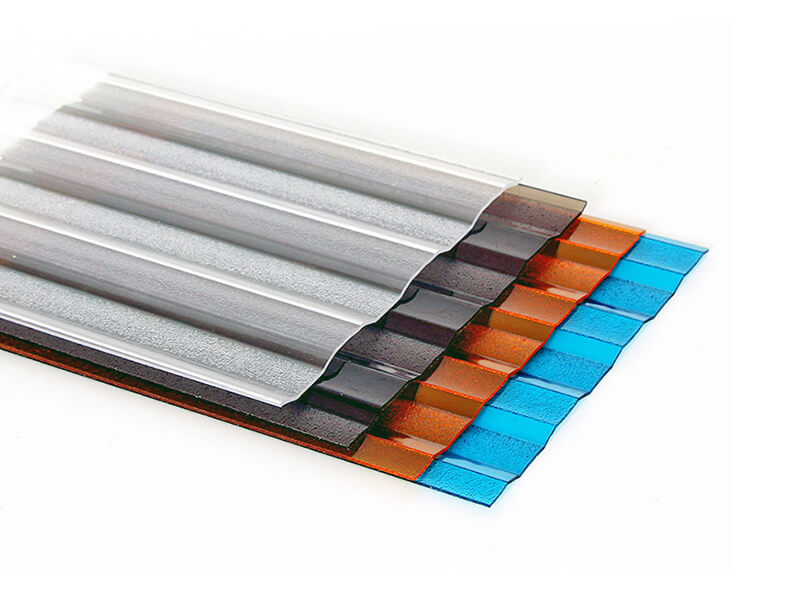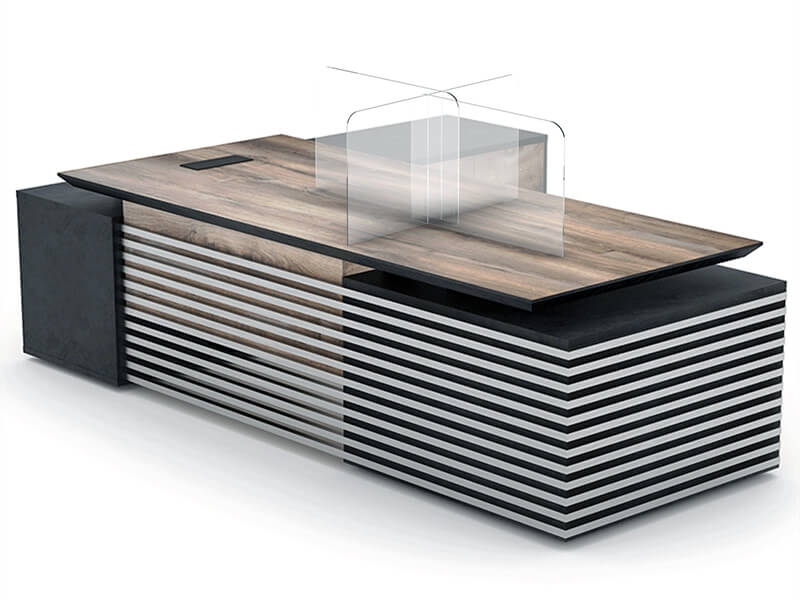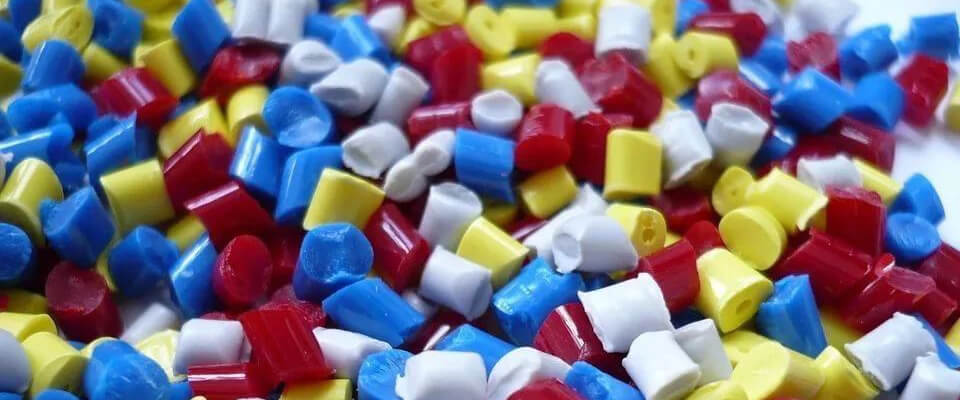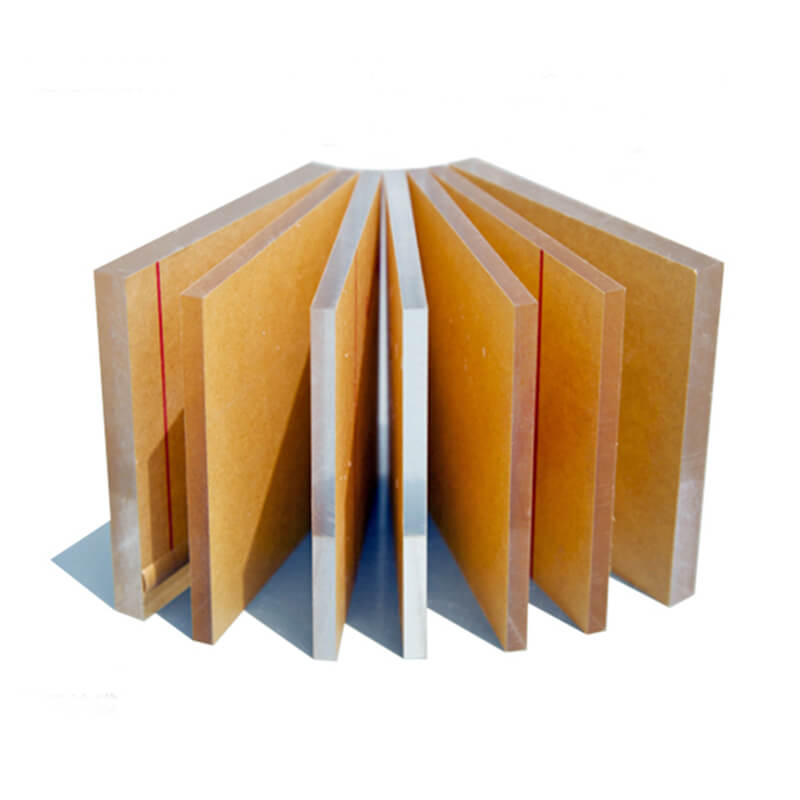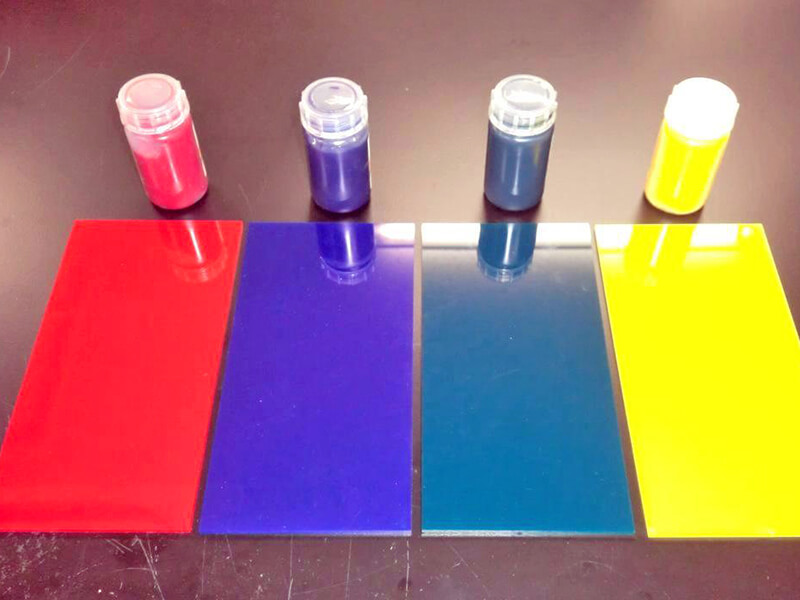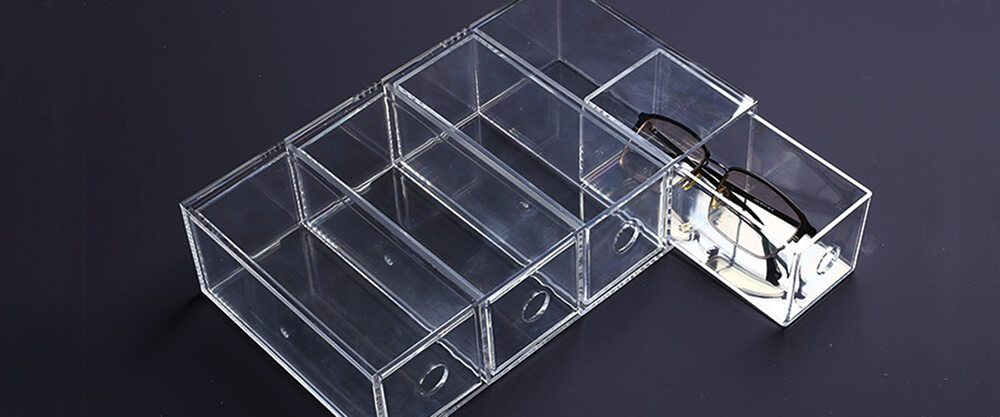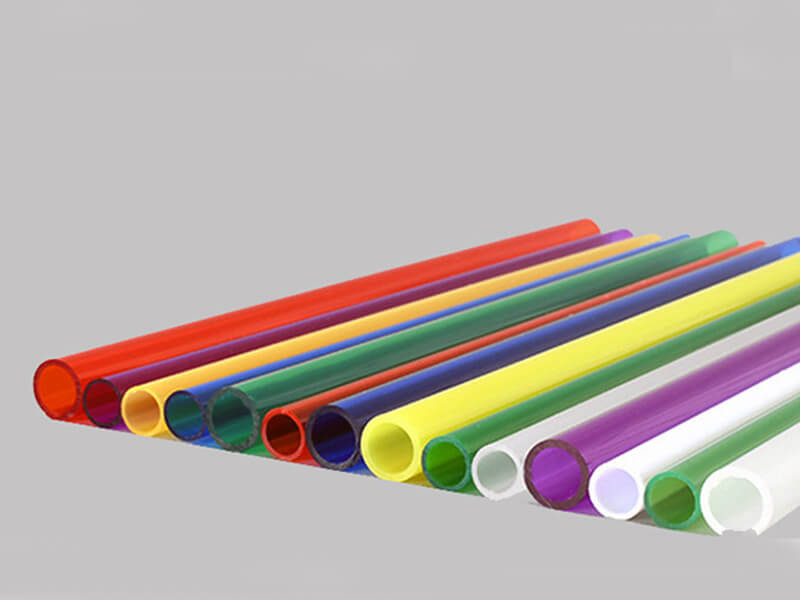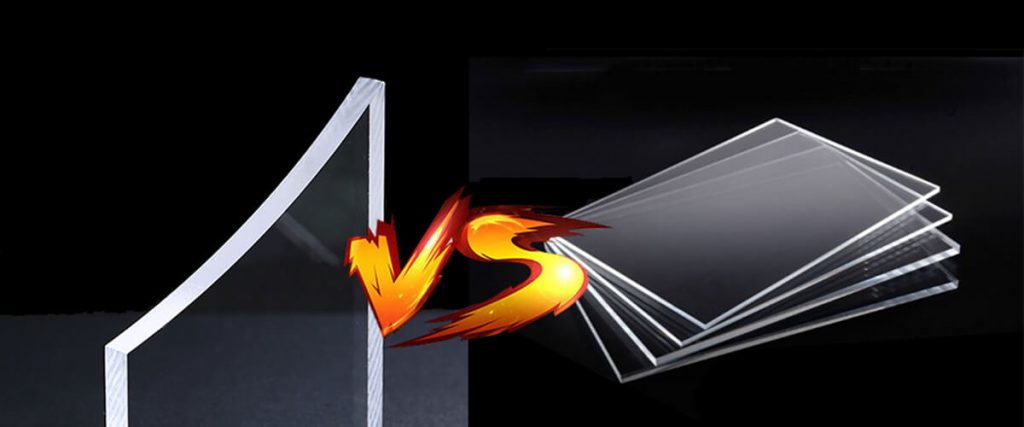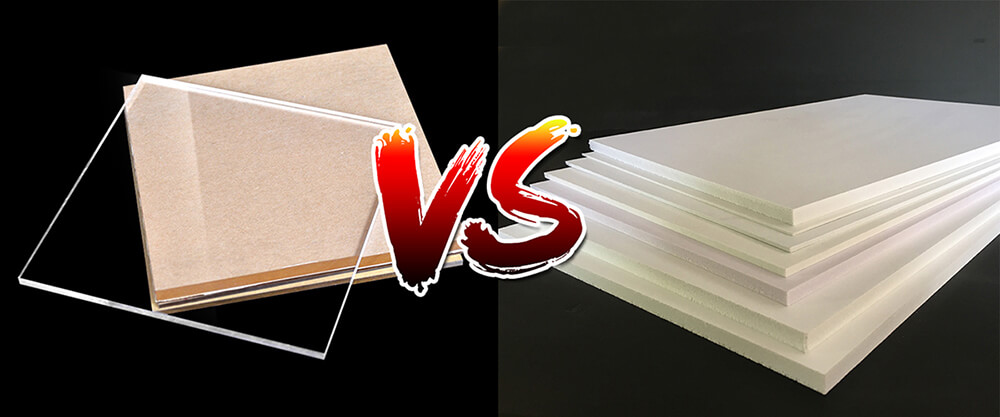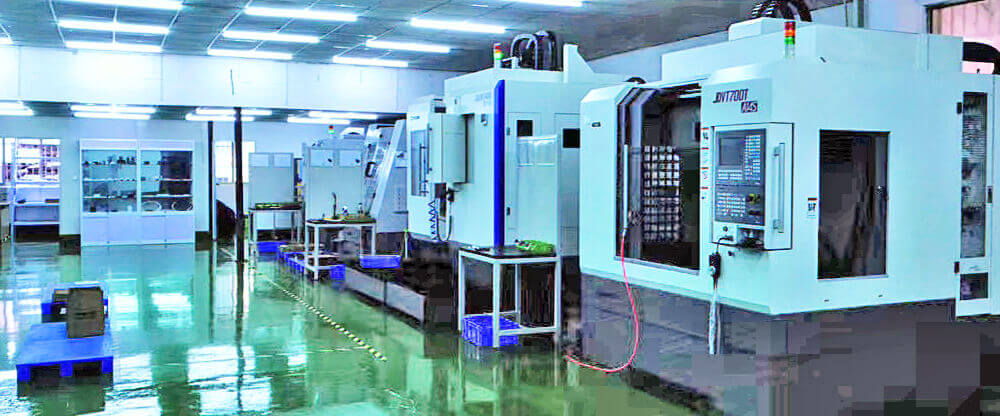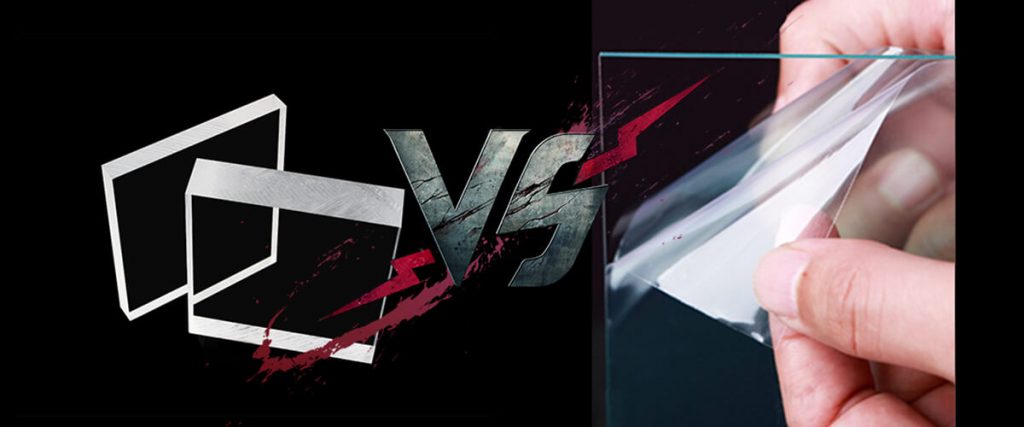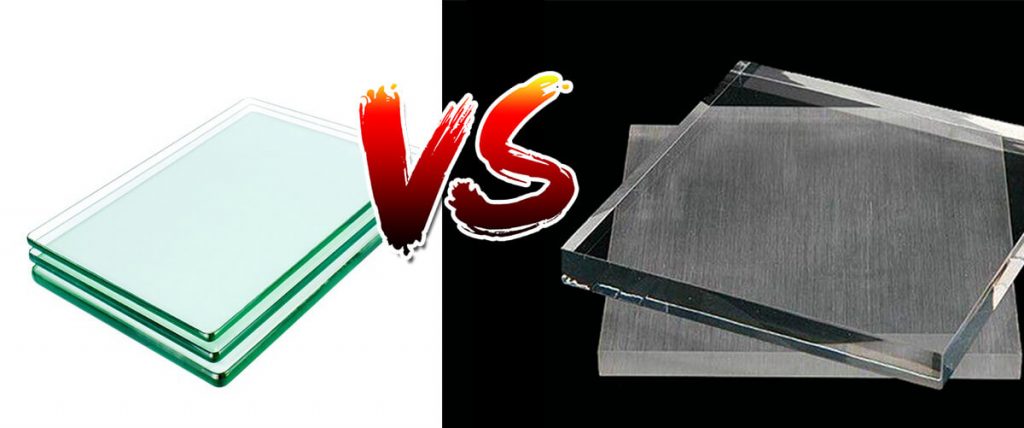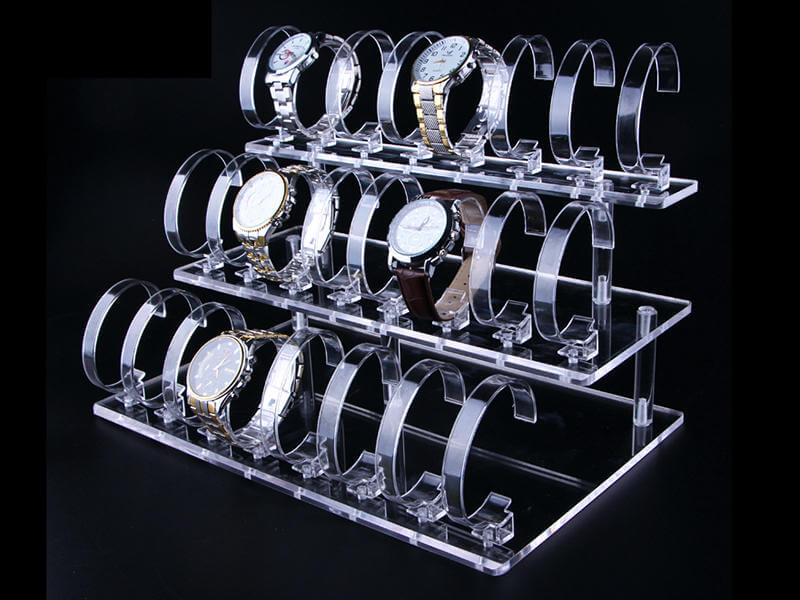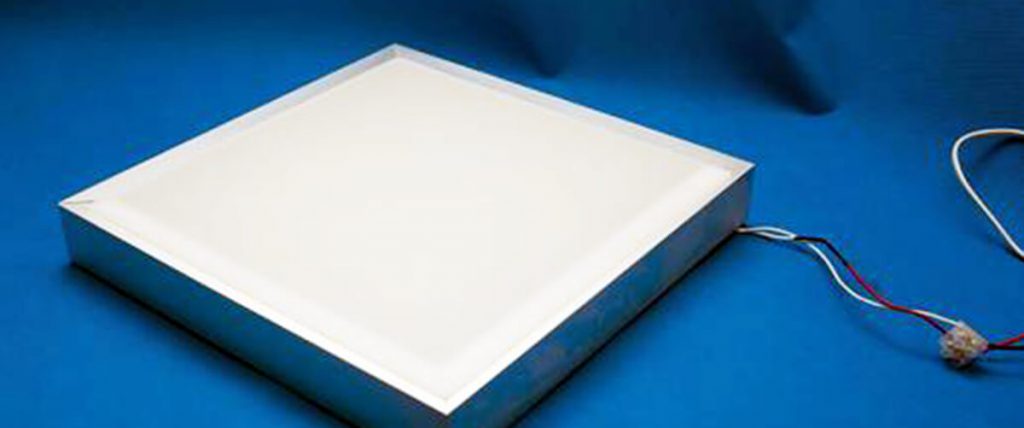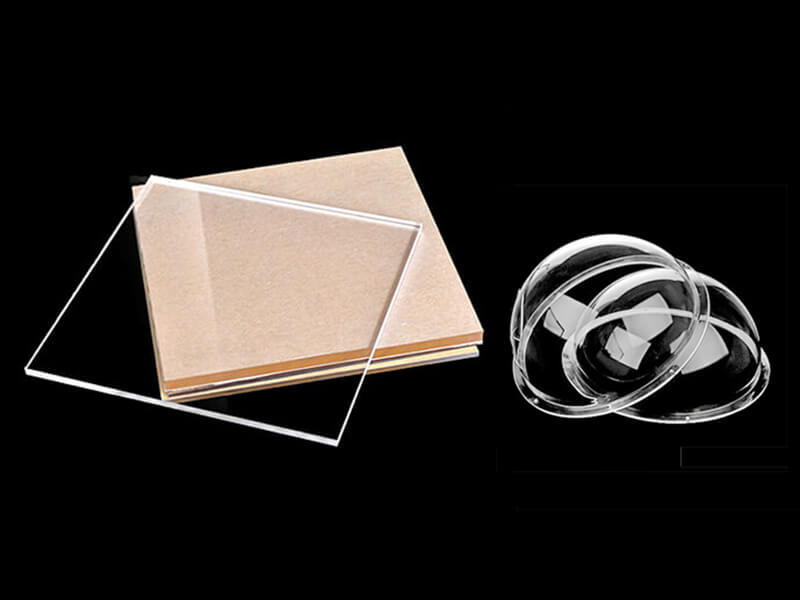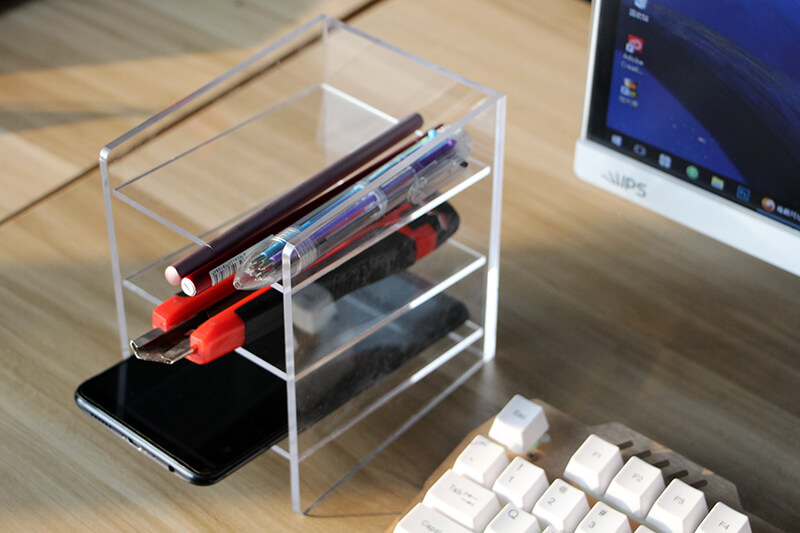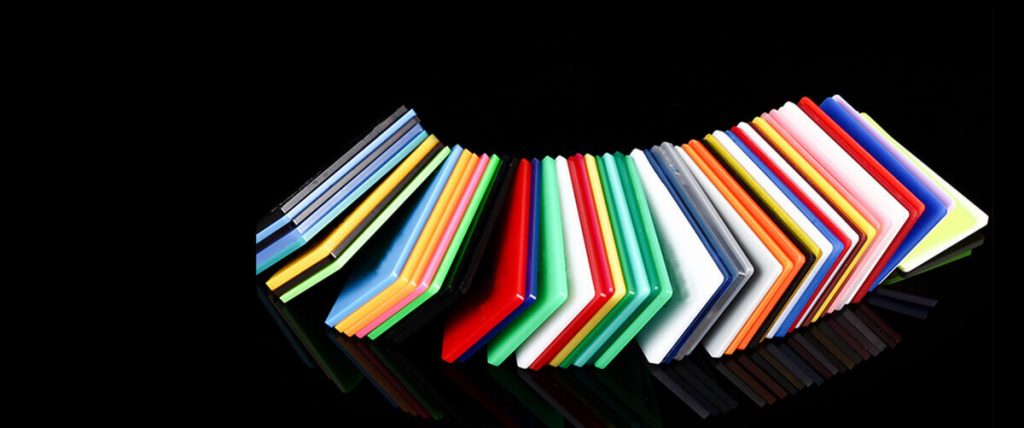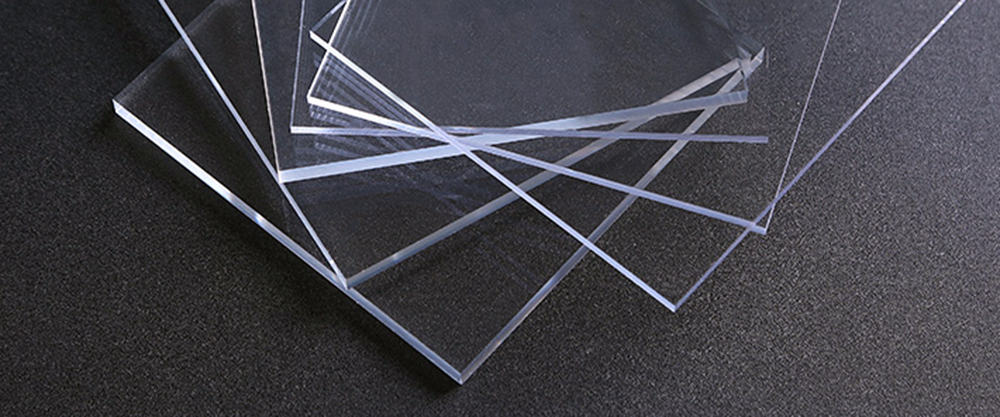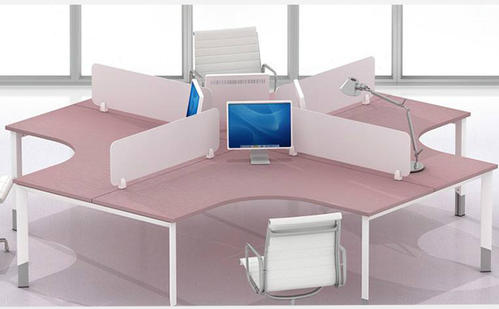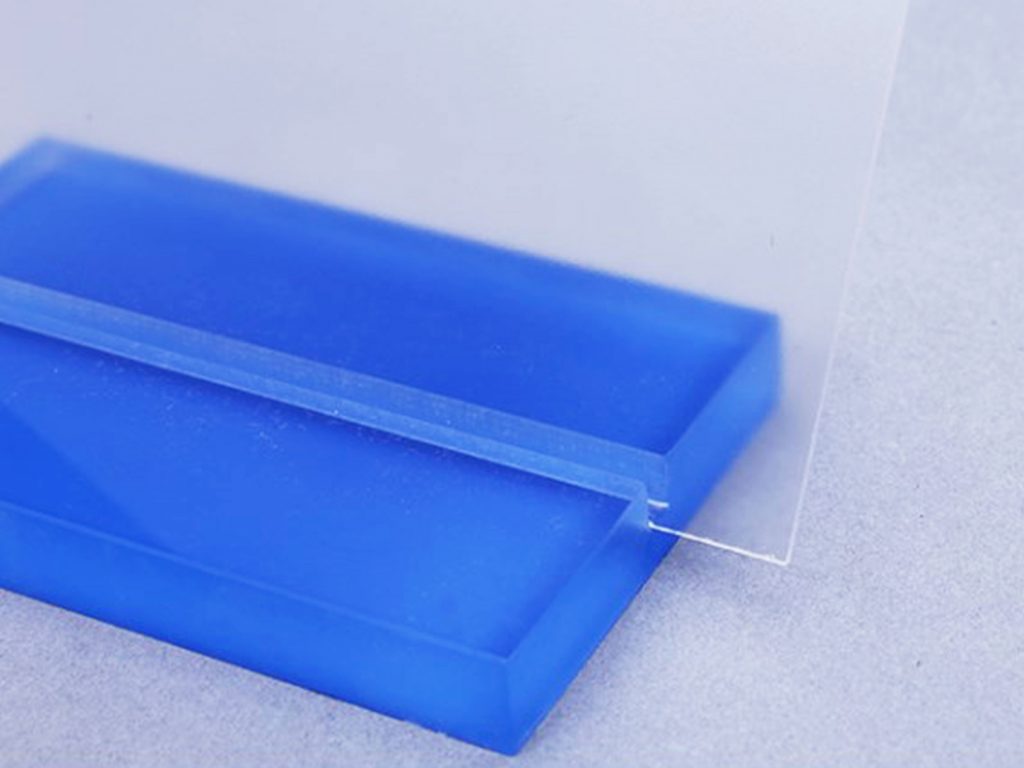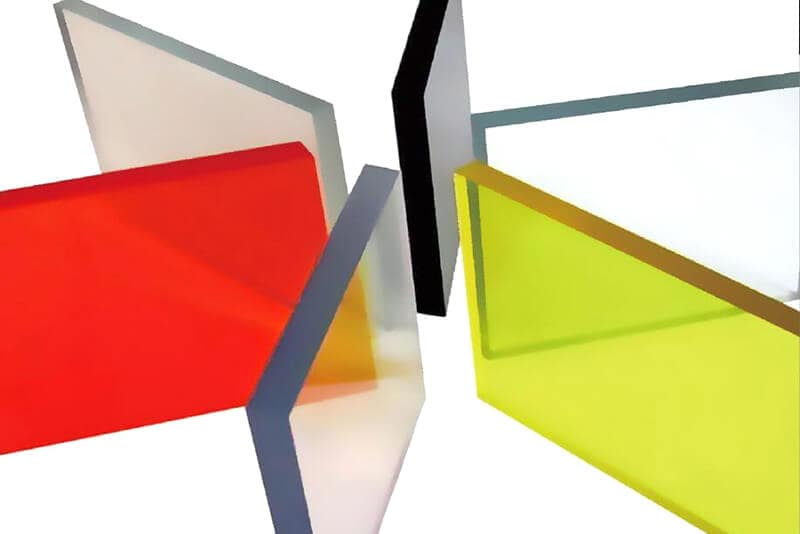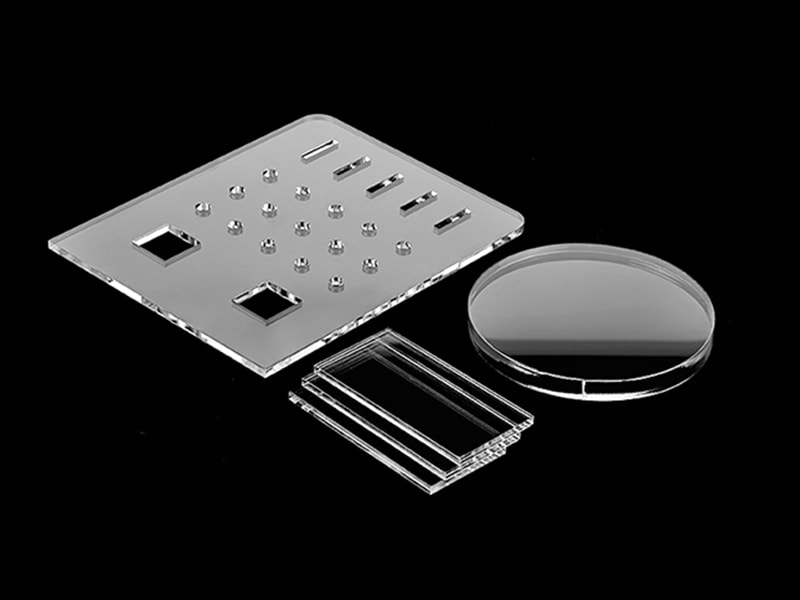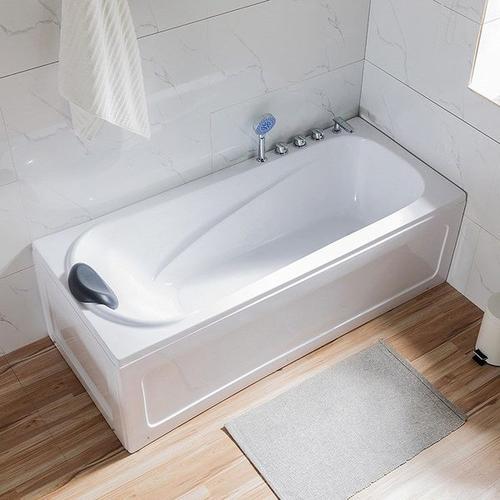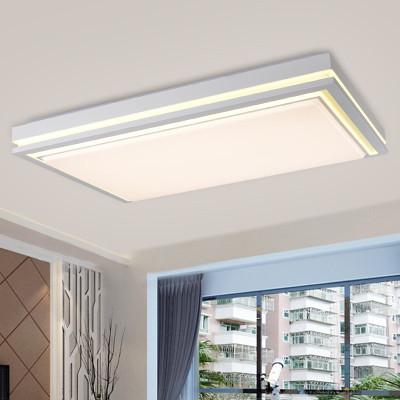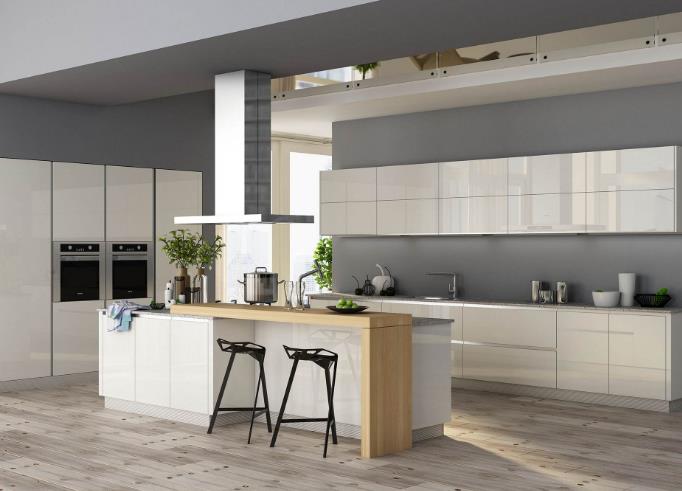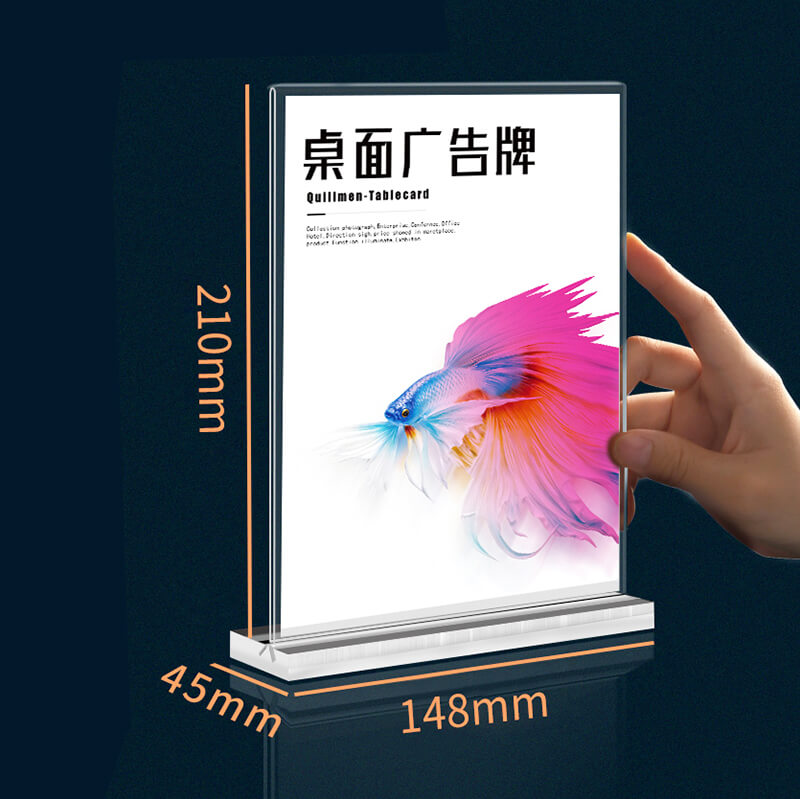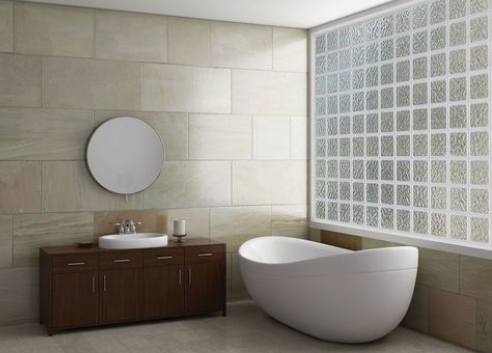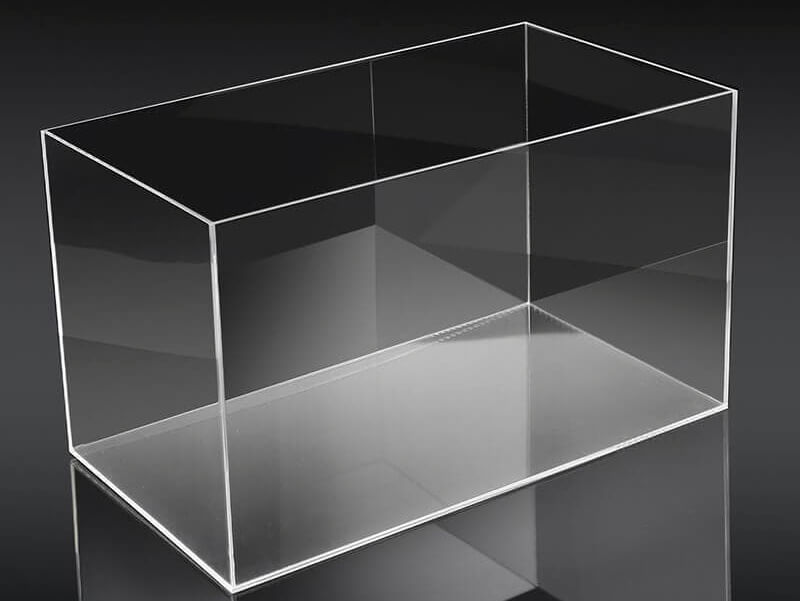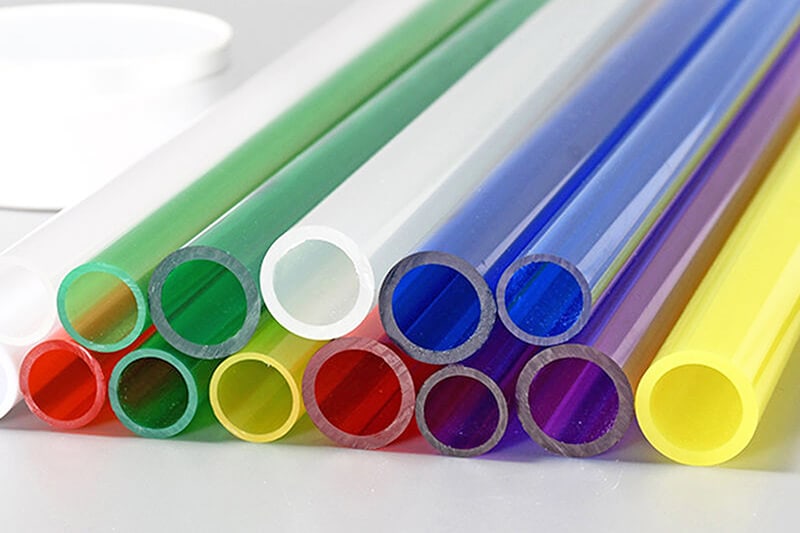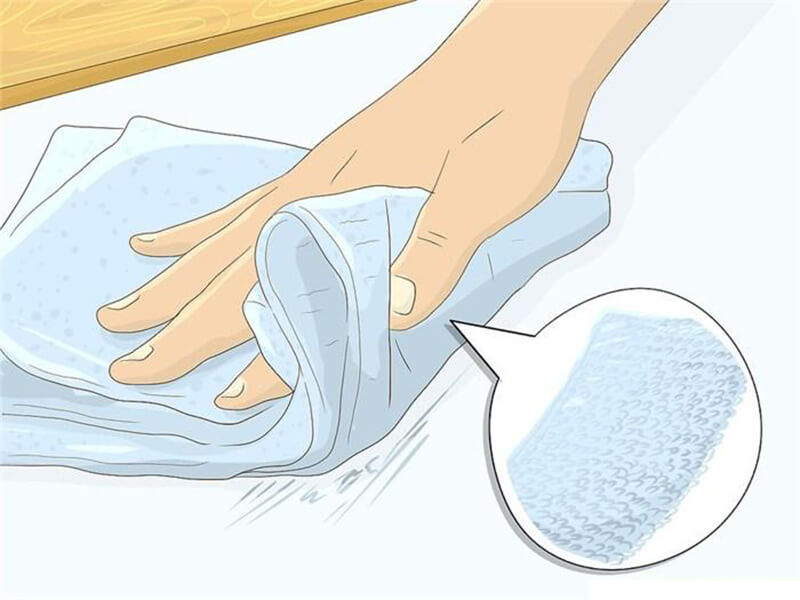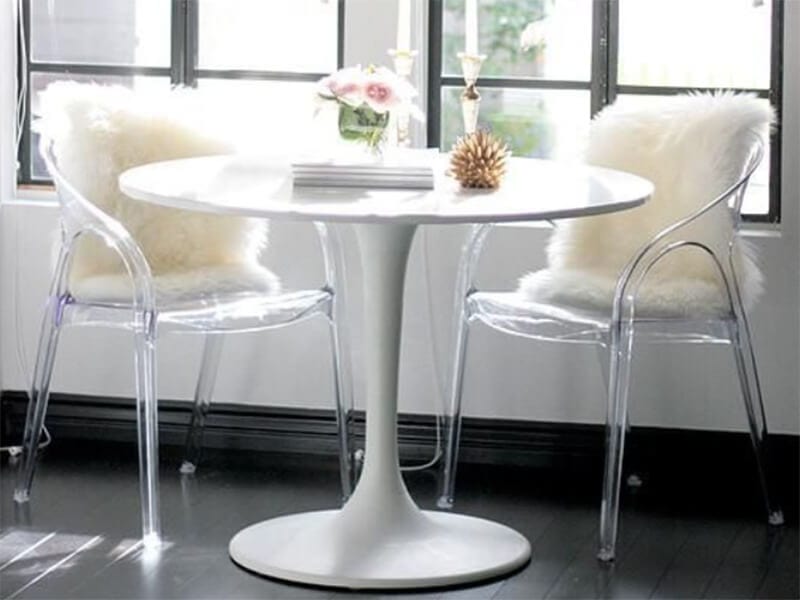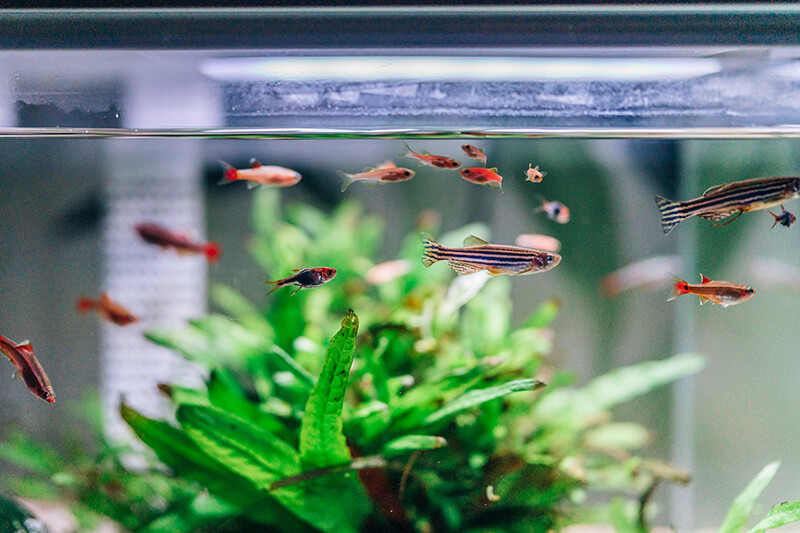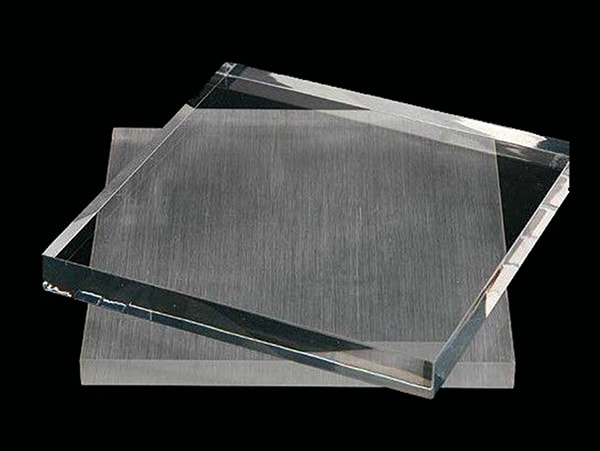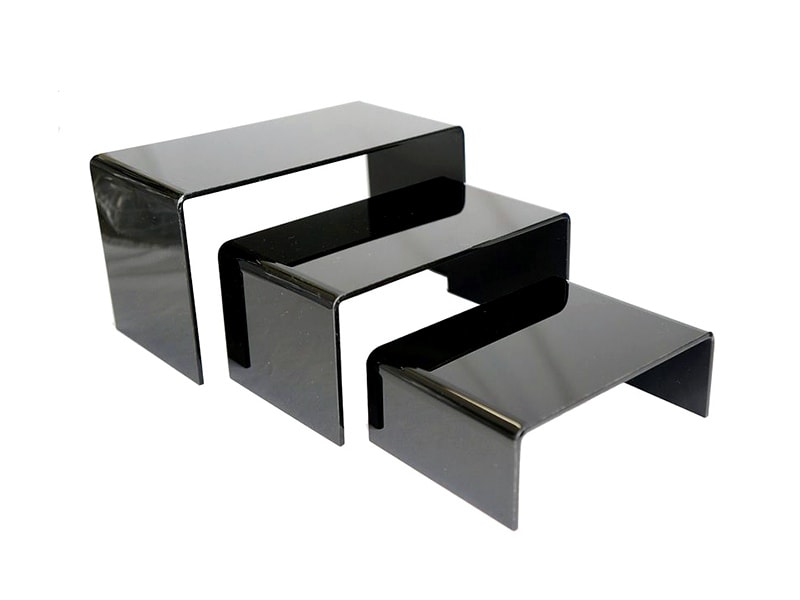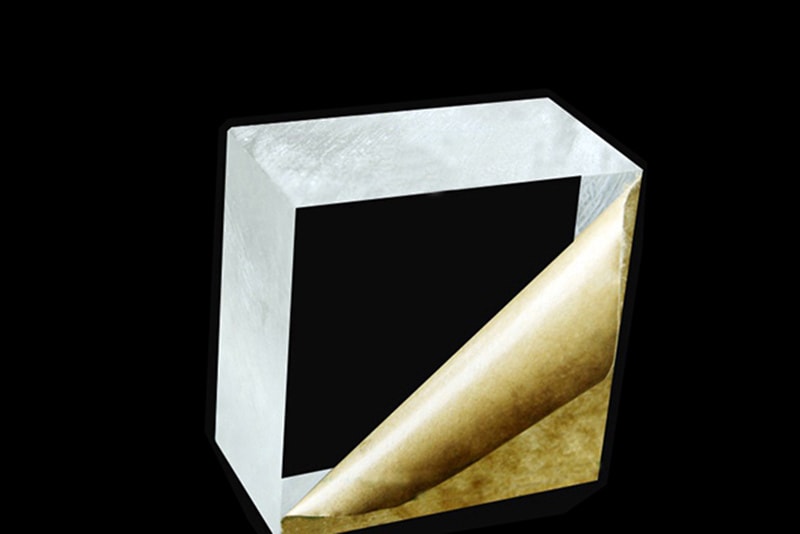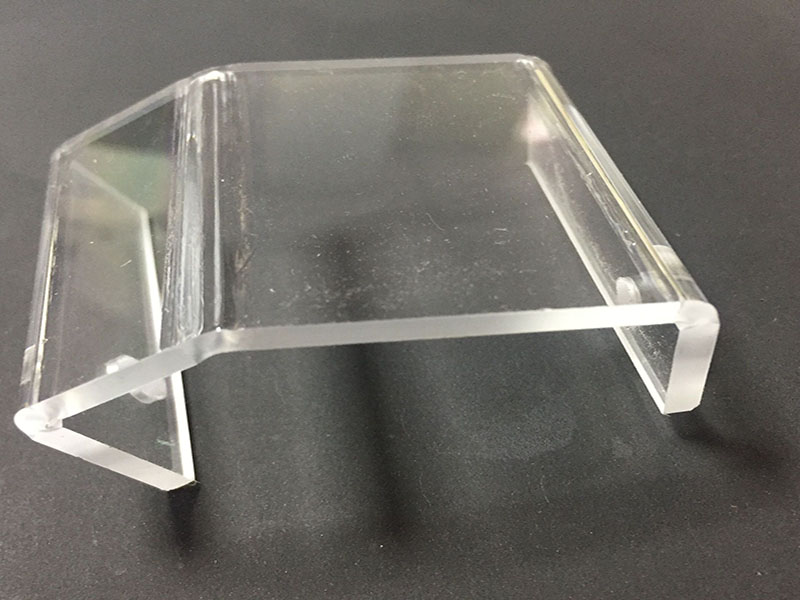
Bend Acrylic Sheet without damage
Bending acrylic offers a wide range of possibilities and the heat applied to the material softens it without discoloring it. Acrylic is as transparent as glass and they are used for various applications.
Based on the necessity, you can bend flat acrylic sheets or create curves without any professional assistance. Take it for a DIY project. You need a few pieces of equipment at your home and you can do the task for yourself.
What You’ll Need
Heat Source
You need a heating source fit for a small area. Some recommended simple tools like- heat gun, small butane torch, embossing tool can serve best as a heat source. You can pick one of them based on their availability.
Quick-release Bar Clips
Quick-release bar clips are preferable to ensure firmness. However, you can also use alternatives that can hold scrap strip wood-like bending jigs.
Security Equipment
Working with hot plastic is risky. When dealing with hot plastics, make sure you are away from flammable materials and are well ventilated. Use oven gloves or welding gloves and eyeglasses to prevent accidents.
Ruler
Use a ruler to check your workpiece is held squarely clamped between the scrap wood.
Plexiglass
When you have got all the equipment arranged, it’s time to bring in the materials. For this, acrylic sheets up to ⅛ inch thickness are perfect. If you use a thicker acrylic sheet, you’ll have to be more careful when dealing with it.
Note: Some colored plexiglass sheets can withstand heat. Therefore they are heat resistant and you cannot bend them or make curves by applying heat. It’s better to avoid them.
Wood
For the jig, you’ll need a piece of wood. The edges of the wood should be straight and at least ⅛ inch thick. Make sure it is wide enough for the workpiece.
Steps to Bend Acrylic Plastic Sheets
Test the Technique
First, remove the protective film from the material you want to bend or curve. Then, use long, thin test trips around 1-inch thickness to practice the technique and learn how the heat affects your workpiece before trying it for real.
Layout the Plastic
Lay your workpiece on a heat-safe work surface. Now place a scrap of strip wood over your plastic roughly ¼ inch of where you want the curve to be. This somewhat determines the thickness of your plastic, as thicker plastic will need a wider radius curve.
With the help of a ruler, check if your acrylic sheet is held squarely clamped beneath the wood strip jig. The wood strip will prevent the acrylic sheet from coming in contact with heat.
Leave the long end of your plastic strip where you can easily push up on it with your hand protected by gloves because it is far easier to bend the long end of a plastic strip than the short end.
Heat the Workpiece
Heat the plexiglass evenly in a line in front of the straight edge of your clamped jig. Pass your heat source to an even, slow speed along the plastic line in front of the jig. Make sure the heat source is far enough to prevent scorching your wood jig.
Apply Pressure
When applying heat along the bend line, press gently upon the plexiglass. There will be a stage when the material comes upward easily just as it reaches the molten state. You will be able to feel the bending point evenly along the full width of the strip you are bending. It shouldn’t be softer on one side and harder on the other.
When you feel your sheet is allowed to push up, remove the heat source. Now hold the sheet evenly on both hands and push it up, gently bending it against the jig line. You must use two hands to do it with even pressure, or your material will slightly twist as you bend it.
Allow to Cool
When you obtain your sheet at the correct angle or curved the way you want (for window or curved bakery cases which will not exceed 90° Fahrenheit), hold the plexiglass gently in a palace until it sets up again. Allow the acrylic to cool while it is still clamped with the jig.
Troubleshooting and Their Solution
Bending Before the Plexiglass is Soft
When bending acrylic, it is sometimes kinked, uneven and too far from the jig. So it is not straight and square with the end of the material. Such problems occur when the heat source is not close enough to the jig and when you bend the material before it is evenly softened through the whole width of the plexiglass.
You must wait until the moment when you feel the material is soft and allows you to push up. Then, when you’re pushing the material upwards, you will feel it start to move against your hand, then it will move quickly.
The free point when the material can move quickly is when you want to shape it against the jig. If you try to force it to bend before it is softened evenly, you will not get a satisfactory result and uneven bend.
Twisted Bends
When you try to bend the acrylic material before it is evenly softened along the width, it does not bend quite evenly along the line of the jig. This results in angled bends rather than straight bends. Twisted bends happen when the material on one side of the strip is not ready to be bent while the other side is softened. For this reason, make sure you heat it along the width evenly.
Bubbles and Scorching
Acrylic can be bent by heating without discoloring the material. However, if you don’t apply heat properly to the bend line of the sheet you might create bubbles or permanent scorch marks that cannot be removed.
Therefore do not keep the heat source too close to the workpiece. If you are singing the wood on your jig, you’re too close. If you find bubbles or scorch marks occurring in your test bends, move your heat source faster along the bend line or hold it a bit far from the bend line.
Note: The distance and speed of the heat source along the bend line will be different depending on the thickness of the material.
Conclusion
Bending acrylic is easy and you can carry out the task at home without the help of an expert. However, you need to be cautious about a few things or you will spoil the plastic piece. Exert upward force only when you feel it is soft enough to be bent.
Use hand gloves and eyeglasses to ensure your safety. After heating with the heat source, keep it away in a heat-resistant place to avoid accidents.
UVACRYLIC is a leading manufacturer of acrylic sheets in China. If you’re looking for more information about this manufacturing technique, contact us today!
Need A Trustworthy Supplier Of Acrylic Product
Click on the button, you will find the Trustworthy Supplier Of Acrylic-based product and machining services.

